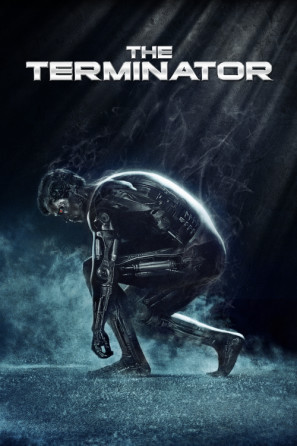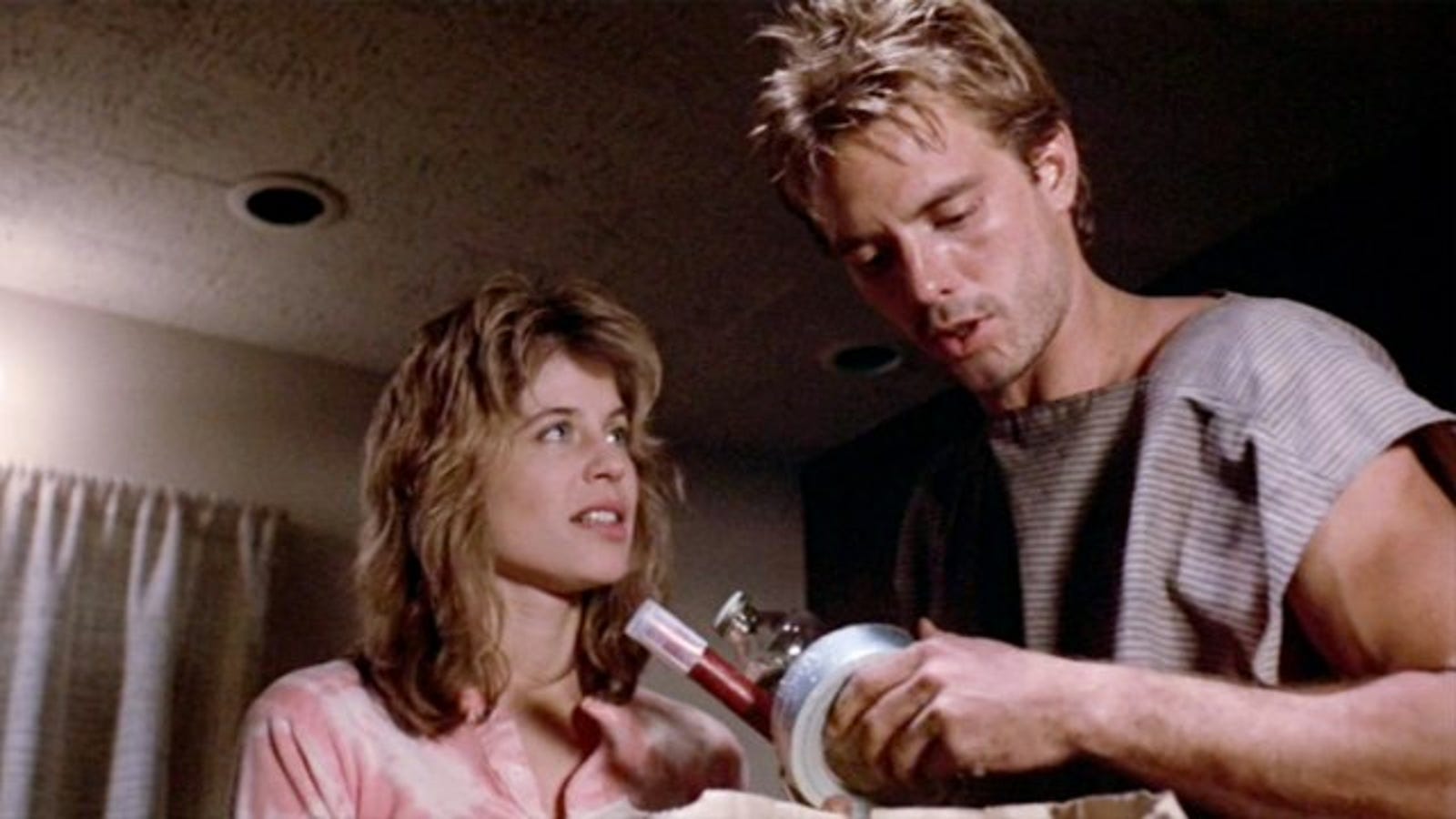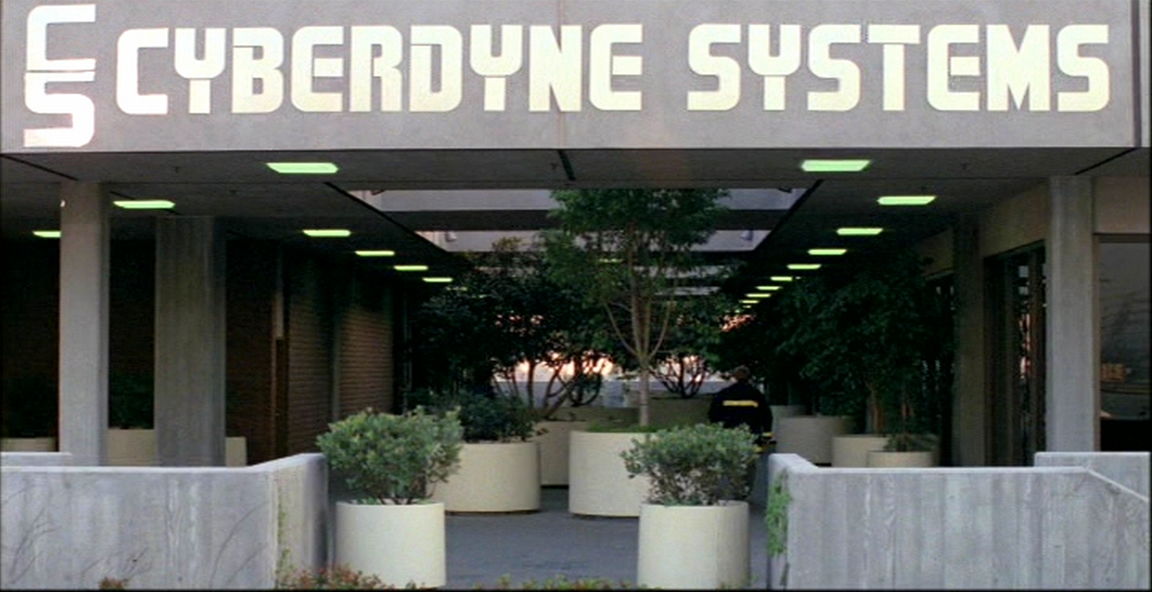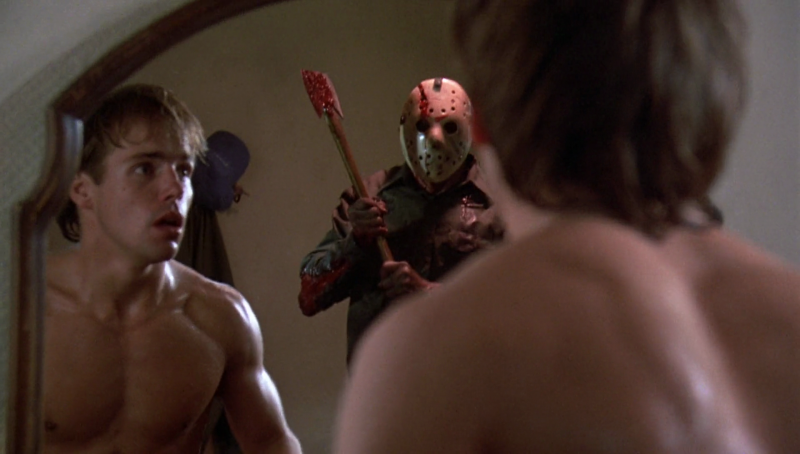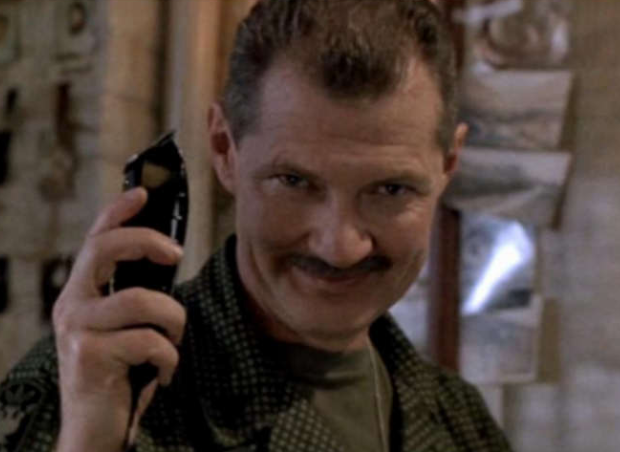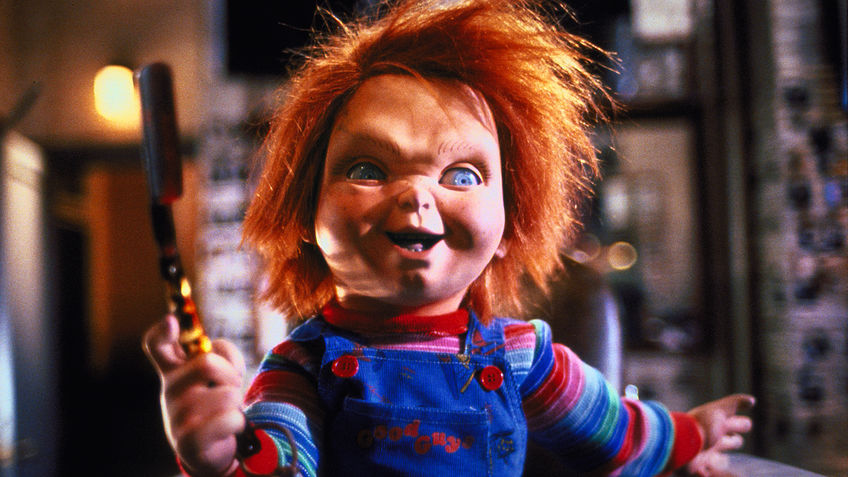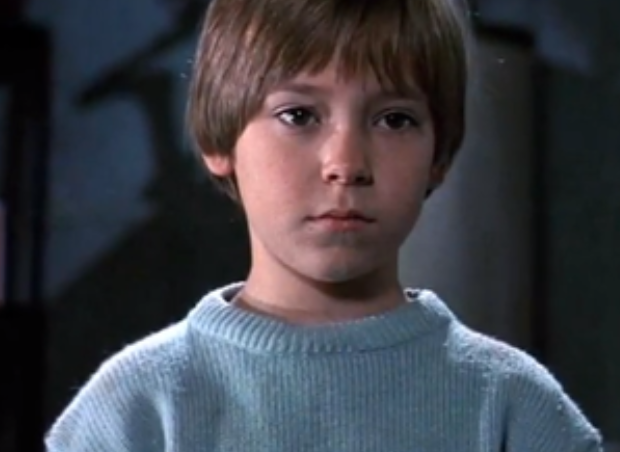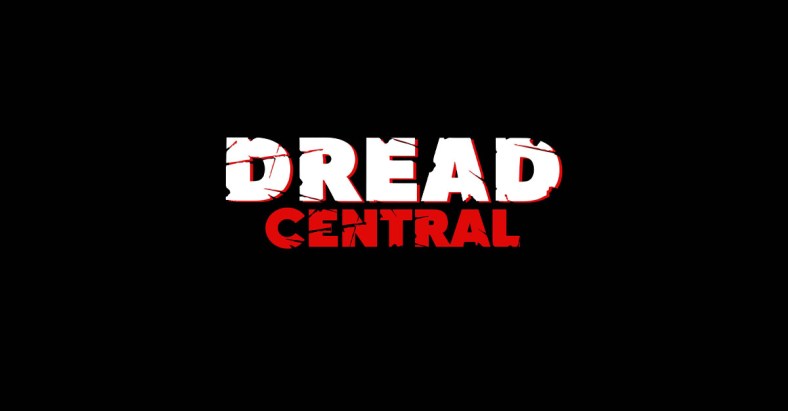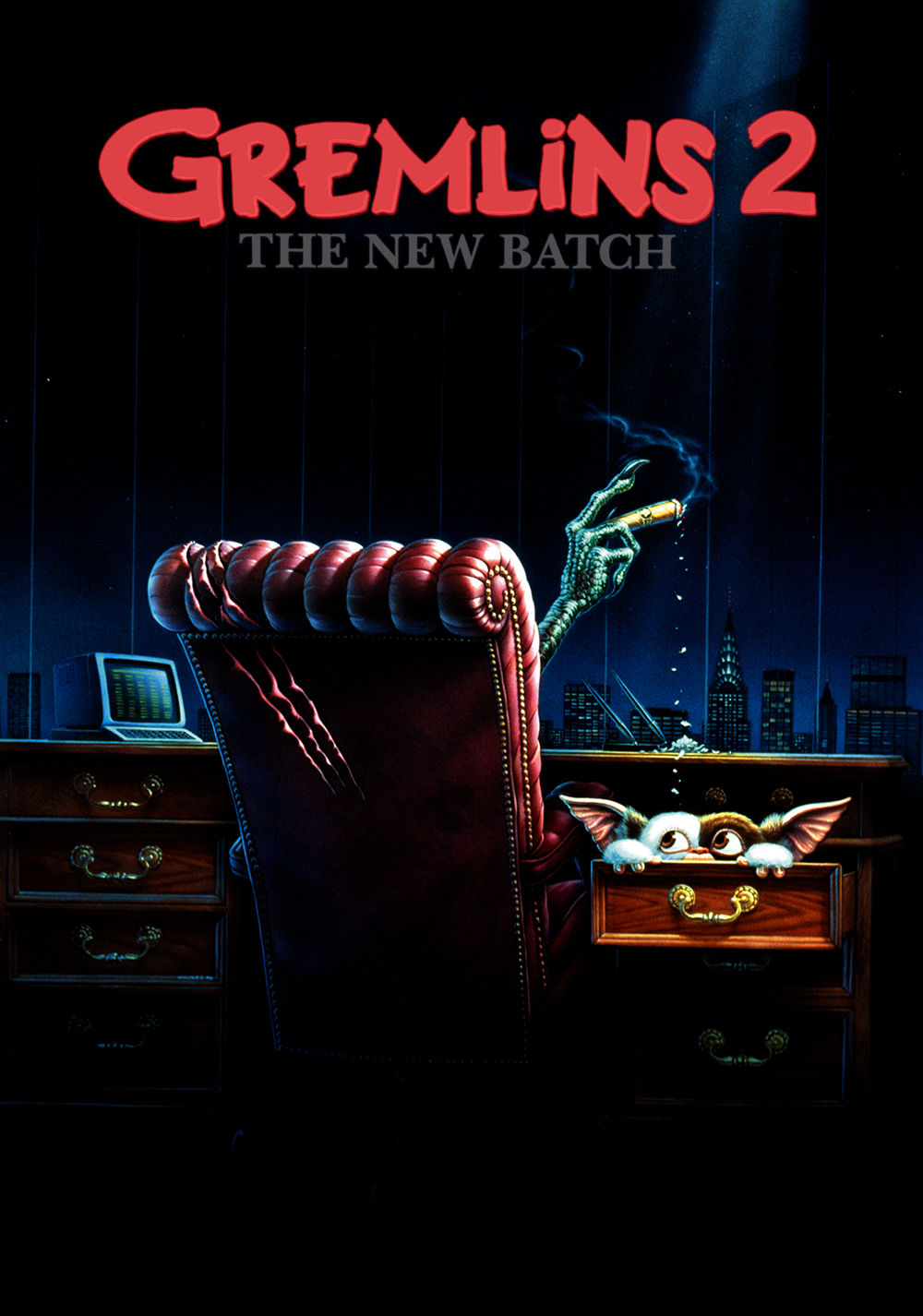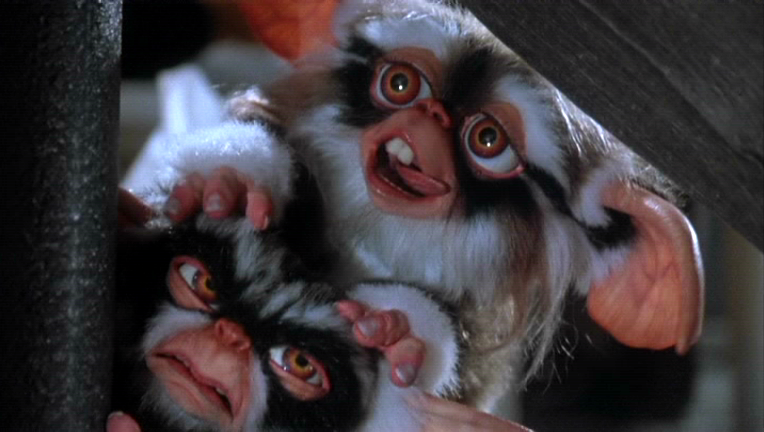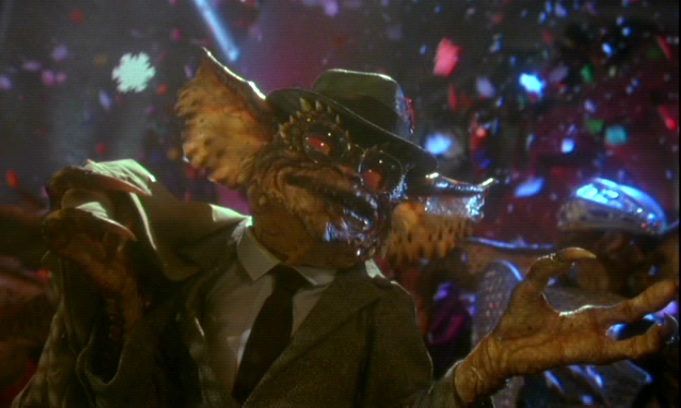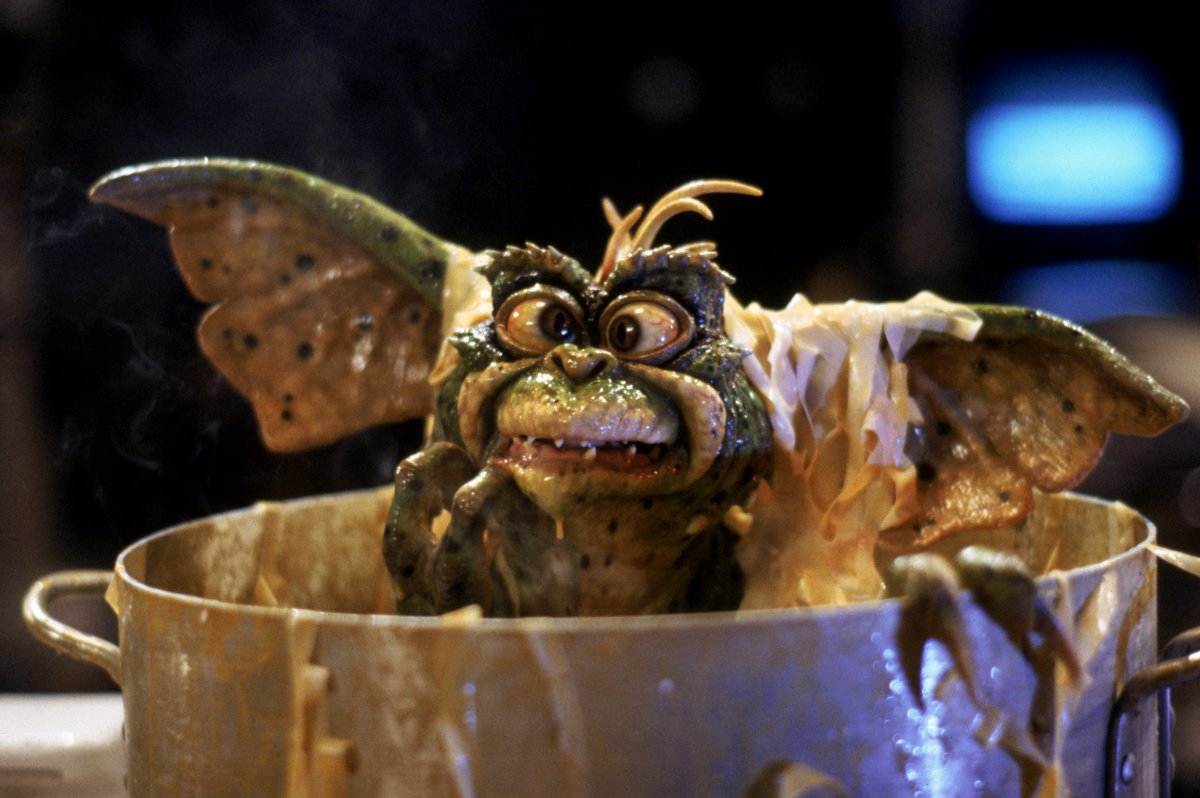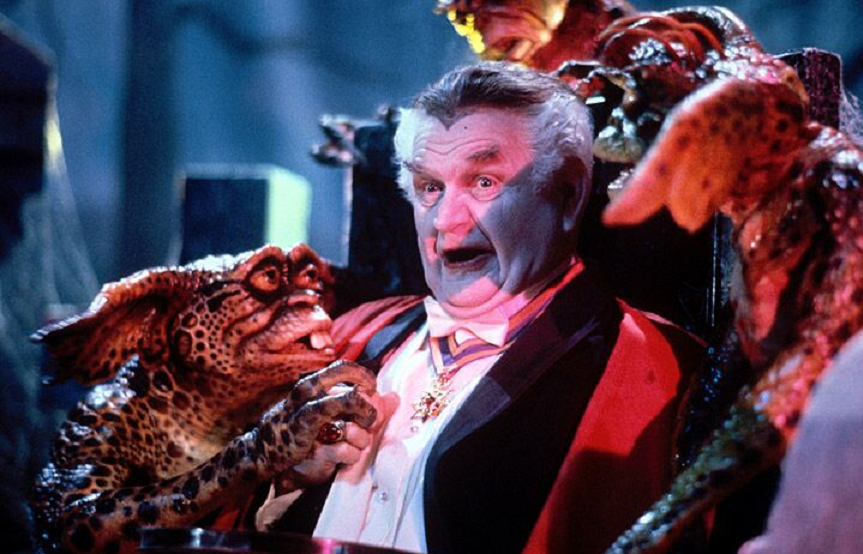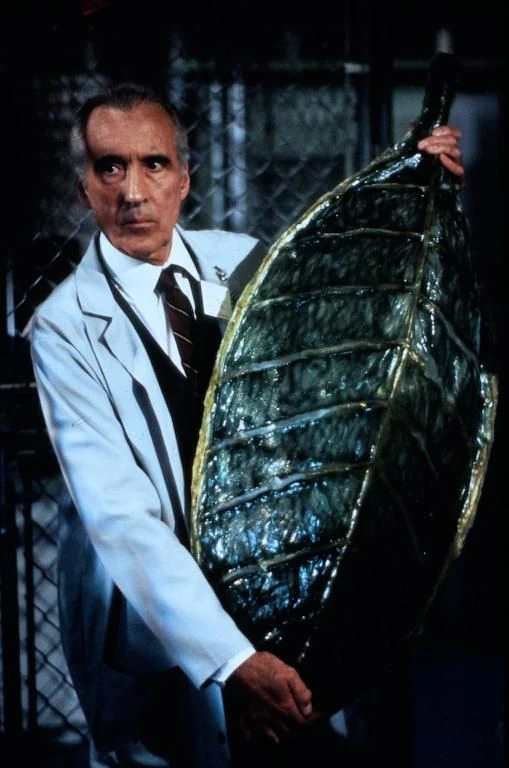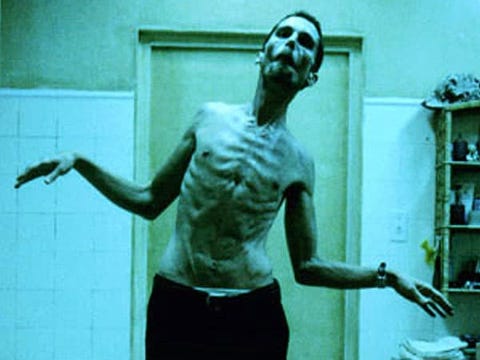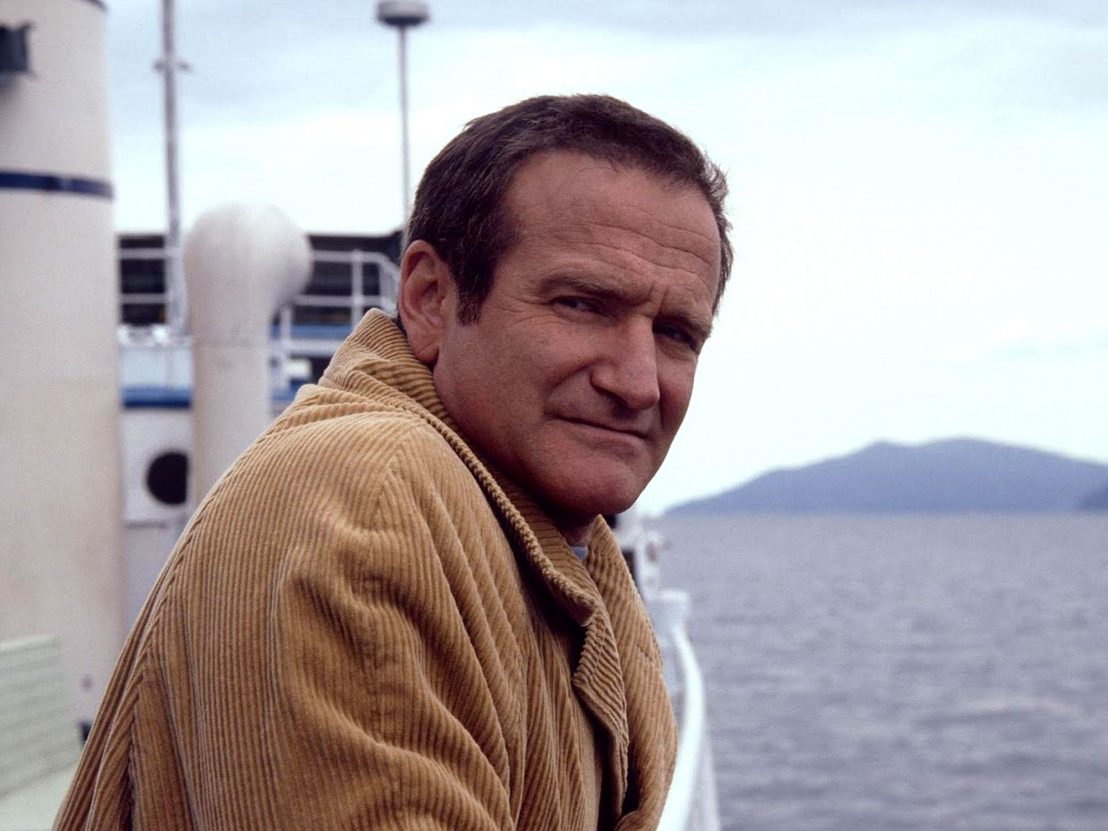
"Psycho" has been a film that I have been very
vague about in the past. I understand that many people by today's standards are
already aware of the twist given how exploited it's been over the years
(particularly with the TV show "Bates Motel"). But I know that there
are still people who aren't aware of the twist, and therefore I try to keep
with the tradition to give away as little as possible while still explaining
why it's a must see. I did not even discuss the twist when I placed Norman
Bates as my 5th favorite movie villain, despite that I was giving away spoilers
when describing the others on my list. Therefore, to make up for it, I am
finally going to give more detail on the character of Norman Bates.
And to make things a little more interesting, much like how
I compared Mickey and Mallory from "Natural Born Killers" to John Doe from "Se7en"; I'm going to compare him to a villain who I grew such a
great fondness too earlier this year Professor Henry Jarrod from the 1953
horror classic "House of Wax".
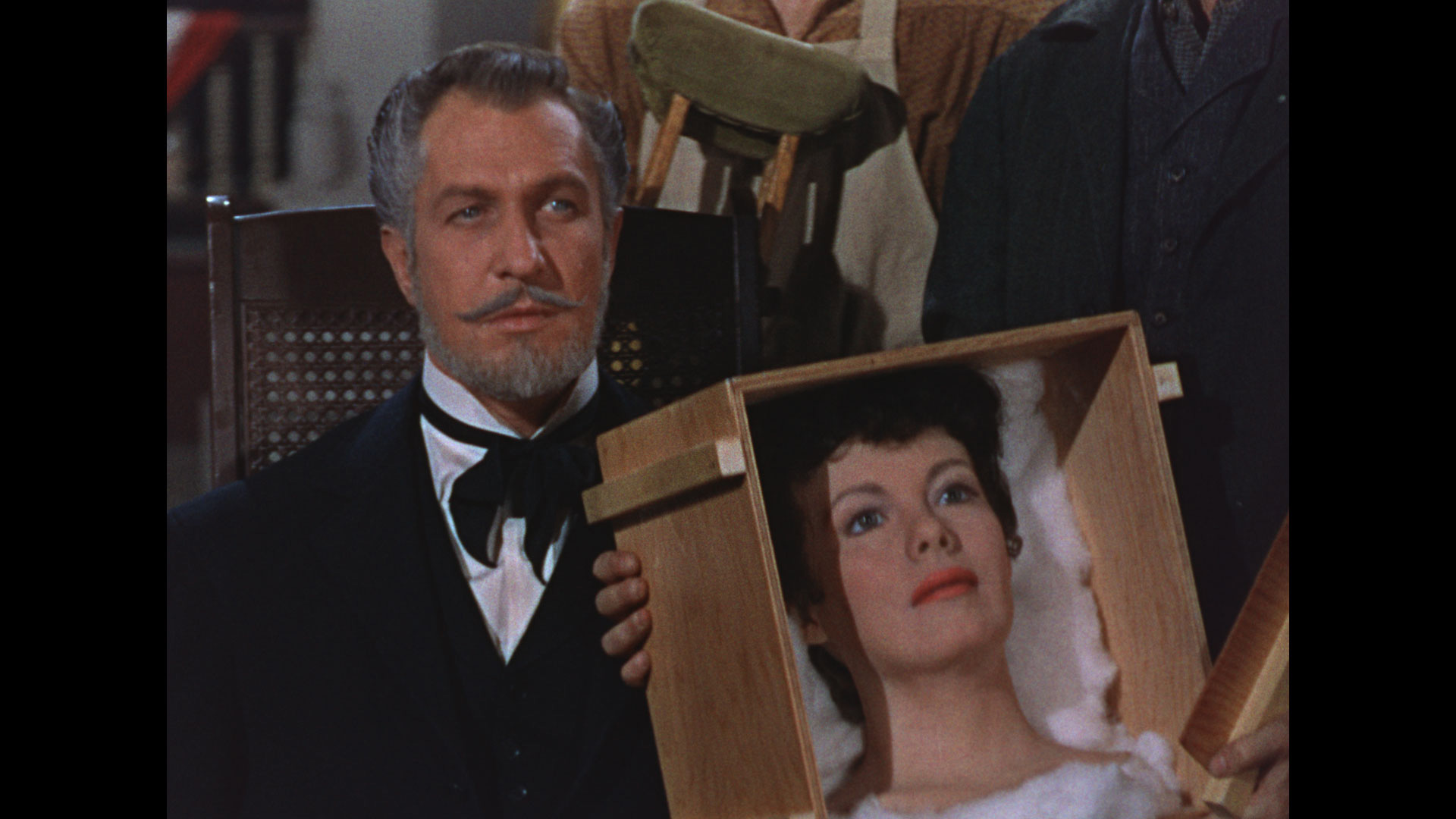
WARNING: THERE WILL BE SPOILERS!
Now I'm sure you are wondering what both men have in common
due to them being different. Norman is a young man as Jarrod is older with more
experience than him. And their motives and methods for killing are even
different enough to separate them as their own identity. Norman Bates kills
people who checks into his Motel dressed as his Mother with a knife, while
Professor Jarrod strangles people, dips them in wax, and displays them in his
wax museum. Though he kills his victims alone, his henchman Igor and Leon aids
him of making them resemble historical figures, while with Norman Bates he's
all by himself believing that he's with somebody else. On top of it, Jarrod
knows what he's doing when he murders people as the cloaked figure. Norman
Bates does not because his personality completely switches over to his Mother
when he kills people.
So, with having so many differences why would I bother
comparing these two? Well a few reasons. The first and probably most obvious
reason is that they are both mentally unstable individuals who run a business
and kill multiple people to achieve a desire, whether it would be for business,
revenge, or staying within their delusional mindset. Both films also tend to
focus more on the antagonists, as everybody else who encounters them are more
the observers and the victims, where the true nature to these two characters
are revealed in the end through a shocking twist. Beyond that, what makes them
similar is that they both have split personalities. Of course one does it
intentionally in the way how a character like Bruce Wayne would disguise
himself as Batman (only it's for evil), as the other jumps from one personality
to another without having control over the other personality. However they both
come from a tragic background that has caused them to become the men that they
became infamously known for.

Professor Jarrod is a skilled and passionate wax figure
sculptor who impresses the people who come to his museum for how life-like and
full of detail his wax figures look, as well as admiring Jarrod's charm and
narration for how he describes them through such love and affection. Maybe with
a little too much love, because as gifted and charismatic as he is, he treats
his creations like people who are living and breathing, claiming that he talks
to them and are his friends. Already the film establishes his delusions, only he’s
shown to be harmless where his fantasies only inspire him to create beauty and
provide great showmanship, who refuses to resort to creating horrific images to
shock audiences. Sadly, his life and passion fully collapse when his business
partner burns down his Wax Museum to collect the insurance money. Jarrod
watching these wax figures melt away is a traumatic sight for him to see. Since
he spent all of his time and effort making them look beautiful to the point
where he feels a personal connection to them, seeing his creations slowly fade
away to melted wax is like watching all the people he's ever loved and cared
about being trapped and burned in a raging fire. What's even worse for Jarrod
is, even though he survives after being left for dead by his partner, he
doesn't make it out in one piece. The flames surrounding his museum have caused
great effect on both his appearance and career. He can no longer sculpt his own
creations ever again now that his hands have been burnt, who now must rely on
other people to make his wax figures for him as he supervises. His face has also
been burnt to the point where he could easily pass as "The Phantom of the
Wax Museum". His deformity forces him to conceal his true face behind a
mask so unbelievably life-like for how much it flawlessly resembles and
functions like an actual face that he could make a fortune and the change the
world by creating masks as opposed to wax figures. Having trouble coping losses
feeling that the law will not provide the justice that he’d wish for, he loses
his sanity to take revenge and restore his wax museum by finding people who
look identical to the wax figures that are nothing more than a memory and using
their dead bodies as replacements after killing them. In order to achieve this
without raising suspicion he takes on two different personalities. His true
half being the severely burned cloaked figure who lurks in the dark foggy
streets of New York City to kill his victims and steal their bodies, and his
other half masquerading as a crippled and weak version of the man he used to
be. Seeing his whole world fall apart is a soul-crushing sight to see, for how
much you sympathize with him through Vincent Price's endearing performance and
the incredibly harsh visuals depicting his loss, where you understand why this
man would stoop to such a low after losing everything that means so dearto him.
That doesn't mean the film claims that his murders all justified. The only
killing he commits that was deserving is when he kills the man who destroyed
his entire life, who you can argue murdered his old self. Everybody else he
kills so he can rebuild his old museum are all innocents who don't deserve to
suddenly have their lives taken away for his passion for art. The moment when
we are informed that this man has fully changed for the worst is when he tells
his new partners about creating a “Chamber of Horrors” exhibit to appeal to the
masses instead of just carrying on with his original artistic approach. While
revealing his sudden change of heart as he shows a wax figure of his former
business partner indicating that he has some kind of link to the murders
happening in the first act.

Norman Bates becomes a victim of awful circumstances at an
early age in his life. Ever since the death of his Father, Norman as a child
has been sheltered away from the world by his Mother Norma, not interacting
with anybody except for the person taking care of him. Norma was fully attached
to her son and would always force Norman to remain with her. This kind of
treatment screws up Norman's mind by causing him to develop an inseparable
relationship with her, feeling she's the only person in the world that matters,
and will harm anybody who tries to take her away from him. Norman goes to this
extreme when Norma meets a man who opens a Motel business with her and falls
deeply in love with him. Full of jealousy and rage beveling that his Mother has
abandoned him, he murders both the fiancé and Norma after finding them in bed
by poisoning them and staged their deaths to look like a suicide. Feeling
insanely guilty for his crime, Norman digs up her Mother's dead body and stuffs
her corpse to make her look alive, as he would talk to it. But it wasn't enough
to make him believe that his Mother was still alive. This caused him to start
carrying conversations by himself by developing two separate personalities, his
Norman Bates personality being his friendly naive and innocent self, and his
Mother personality containing all his anger, jealousy, and destructive nature
that he developed since childhood. As he would talk to himself, he'd mimic his
Mother's voice, and would dress-up like her in old clothes and a cheap wig when
murdering his victims. If Norman wasn't raised in such an isolated environment
with a woman who was always so overbearing, he may have had a better life, but
unfortunately it wasn't the case. Now that he must live through life believing
his Mother is still with him, he will kill anybody who will shatter his
delusion, or lure him away from it because he doesn't want to accept the
reality that he committed Matricide. The victims never intended to make Norman
come to terms with himself of his actions; they were just as ignorant about the
whole situation as the audiences who saw the film at the time were, which of
course aren't justifiable. But in Norman's mind when becoming his Mother, it
was the only thing to do. In the end (if we don't count any of the sequels),
Norman officially dies after failing to kill the people who found about his
true nature, and his second personality containing all the evil that he's
hidden and tried to forget has taken a life of its own.
Regardless of their major differences, and having more
recognition more than the other is, both of these characters are alike in many
ways. They share the same depth and spotlight when depicted in the film's they
came from; are unusual people who develop a split personality developed from a
traumatic experience they had; are both very charming from one personality and
incredibly vicious in the other; killed people based on the experience that
destroyed them that involved the loss of love; and are mysterious characters
until the end when everything comes together in a shocking twist. And through
the aid of captivating writing, stunning atmospheric visuals to create mood,
and frightening and endearing performances from Perkins and Price create two of
the best horror villains with split-personalities to be featured in cinema.
Happy Halloween everybody!
